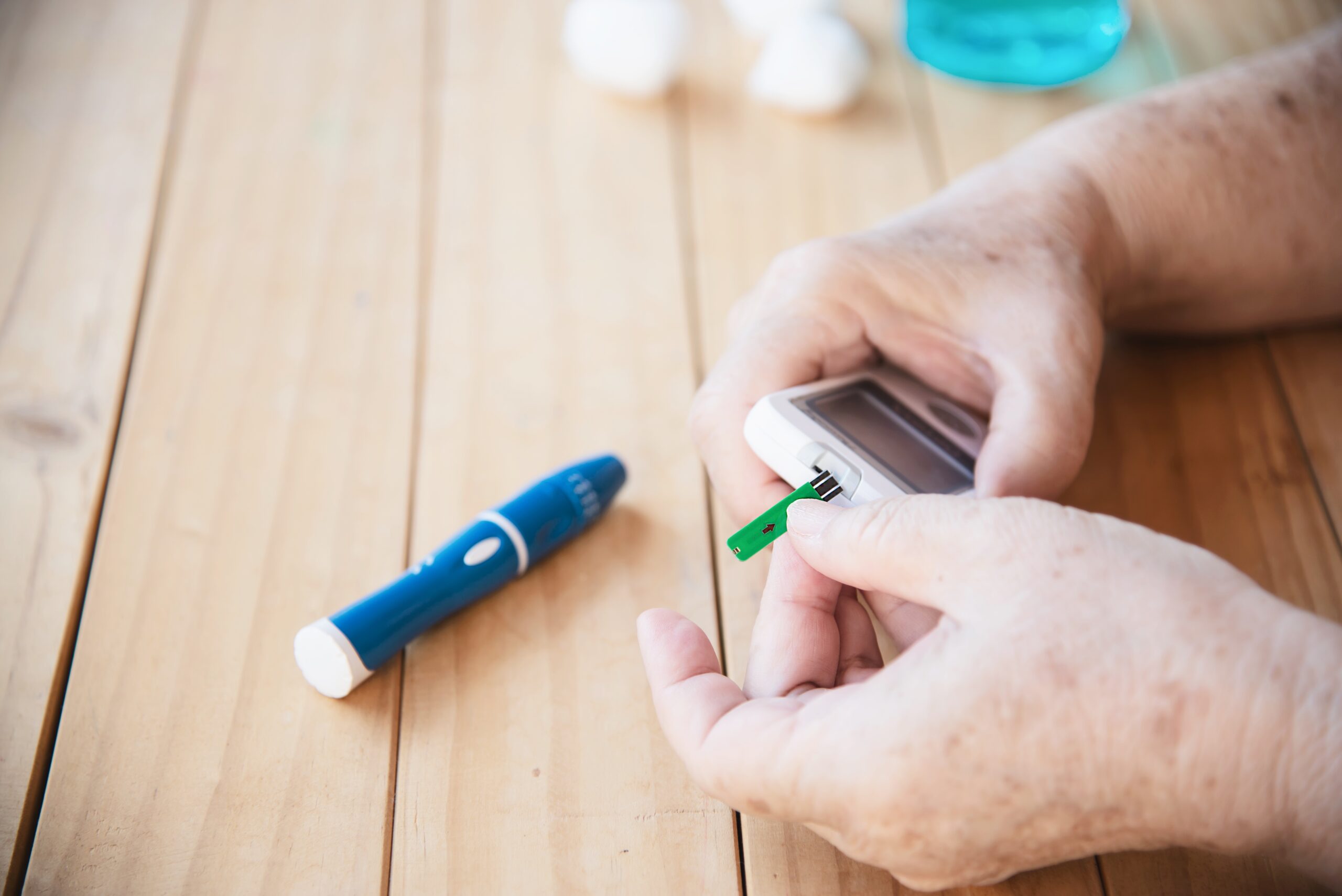Q: Ketoacidosis and Type 1 Diabetes: What to Know
Anyone living with type 1 diabetes needs to know how to prevent and recognize ketoacidosis. Here is what you need to know.
Ketoacidosis is a dangerous condition that occurs when the body burns too much fat too quickly.
While glucose is the body’s preferred energy source, the liver can burn fat as fuel if needed. When the body uses fat for energy, the liver produces ketones which can be used to fuel the muscles and heart.
When the body is turning fat into ketones for energy, it is called ketosis.
Ketosis can be safe for someone without diabetes as their body will regulate ketone production using insulin. But, for people with type 1 diabetes, ketosis can quickly become dangerous and requires immediate treatment to prevent ketone levels from spiking.
Ketones and Type 1 Diabetes
In type 1 diabetes, the pancreas does not produce enough insulin. While there may be plenty of glucose available, the body can’t “see” it. Without insulin to signal cells to absorb glucose, the liver will turn fat into ketones for fuel.
In a person without diabetes, the pancreas would continue to produce a small amount of insulin to act as a brake on how quickly the body burns fat and produces ketones. However, there is no insulin available for someone with type 1 diabetes, so ketones are produced too rapidly.
Ketones then build up in the bloodstream. At high levels, ketones are toxic and turn the blood acidic, hence the name ketoacidosis.
Know When You Are Most at Risk For Ketoacidosis
For someone with type 1 diabetes, monitoring blood glucose levels and following your insulin routine are important ways to prevent your body from burning fat for fuel. Anything that disrupts your routine or alters your body’s insulin needs may put you at risk for ketoacidosis.
There are times when you should be more alert:
- If your blood sugar is over 240 mg/dL
- If you missed an insulin dose
- If you are sick (cold, flu, etc.) or you have nausea and vomiting
- If you’ve skipped meals or were too ill to eat normally
All of these situations are times to pay attention and test for ketones in your urine.
Warning Signs of Ketoacidosis
Ketoacidosis usually develops gradually, and if you know the warning signs, you can identify them before it becomes severe.
Early signs include:
- Dry mouth or increased thirst
- Urinating frequently
- Hyperglycemia
- High levels of ketones in the urine
If left untreated, these symptoms can progress to:
- Dry skin and mouth
- Flushing
- Rapid breathing
- Fruity smelling breath
- Fatigue
- Nausea and vomiting
- Headache
- Confusion
If you experience any of these symptoms, contact your care team and seek immediate medical care. Untreated ketoacidosis can lead to diabetic coma and even death.
What To Do If You Have Signs of Ketoacidosis
Anytime you have ketones in your urine, you should follow the plan outlined by your healthcare team. Often if your ketone levels are only slightly elevated, there are steps your doctor will have you take at home to prevent ketoacidosis.
If your urine ketone levels are moderate or high, you should always call your doctor. And if you have any symptoms such as difficulty breathing, confusion, or severe vomiting, you should contact 911.
Well-controlled Type 1 Diabetes is the Best Prevention
The better your type 1 diabetes is managed, the less likely you will suffer complications such as ketoacidosis. Eating well, exercising, and having a solid care plan are essential for staying strong and healthy.
Here at DETs, we’re committed to your long-term wellness. Your care team will work with you to create a plan that keeps you feeling your best and empowers you to manage your diabetes and prevent complications like ketoacidosis.



